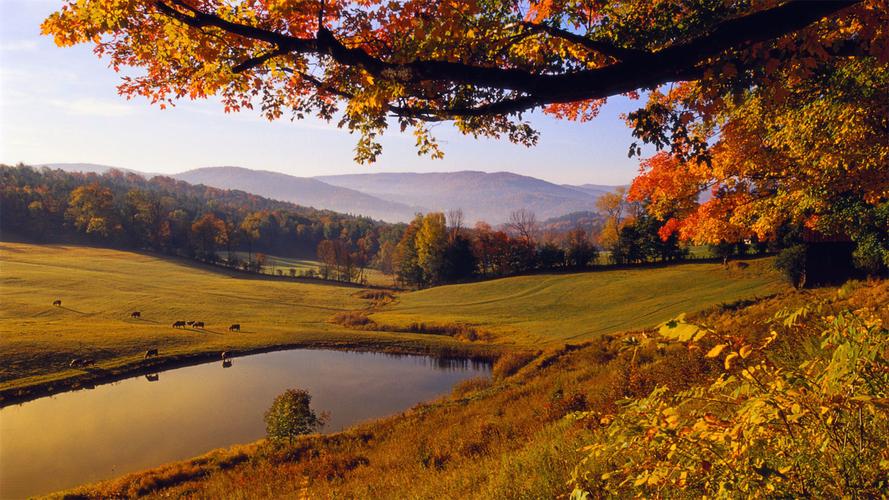The 1940s were a time of great transition in American culture, as the country emerged from the shadow of the Great Depression and began to look towards the future. It was a time of significant change, marked by new technologies, shifting social norms, and an explosion of new forms of entertainment.
Perhaps one of the most enduring legacies of this period can be seen in the realm of popular culture. From music and movies to fashion and advertising, the 1940s saw the rise of a distinct aesthetic that has continued to influence and inspire people around the world to this day.
One of the key factors driving this cultural shift was the emergence of new technologies and media forms. The widespread availability of radio and the introduction of the Billboard music charts helped to spread new sounds and styles across the country, while the proliferation of movie theaters and the growing popularity of television allowed Americans to see larger-than-life figures and new ideas brought to life on screen.
In music, the 1940s saw the rise of jazz, swing, and the blues, with artists like Duke Ellington, Count Basie, and Ella Fitzgerald leading the way. These new sounds were marked by a sense of energy and optimism, reflecting the country’s growing sense of confidence and hopefulness.
Similarly, in the world of fashion, the 1940s marked a departure from the more austere styles of the wartime years, with designers like Christian Dior and Elsa Schiaparelli introducing bold new designs and fabrics. Women’s fashion embraced form-fitting dresses, high heels, and vibrant prints, while men’s suits became more streamlined and tailored.
Advertising played a significant role in shaping popular culture during this period as well, with companies tapping into the new technologies and media forms to spread their messages far and wide. Brands like Coca-Cola and Pepsi embraced the music of the day, using swing and jazz to sell their products to young people across the country.
Overall, the enduring legacy of 1940s popular culture can be seen in the way that it helped to shape and define American identity in the post-war years. Its emphasis on energy, innovation, and optimism not only captured the spirit of the time but helped to lay the groundwork for the cultural shifts that would come in the decades to follow. From the growth of rock and roll in the 1950s to the emergence of hip-hop in the 1980s, the influence of 1940s popular culture can still be felt today, reminding us of the power of art, music, and entertainment to inspire and connect people across generations.
(Note: Do you have knowledge or insights to share? Unlock new opportunities and expand your reach by joining our authors team. Click Registration to join us and share your expertise with our readers.)
Speech tips:
Please note that any statements involving politics will not be approved.
